March 8th will see the release of one of the most anticipated multi-platform games of 2016, Tom Clancy’s The Division. With promises of a replicated midtown Manhattan environment and an expansive loot system, The Division brings with its high ambition an equally enormous expectation.
Fair or forced, The Division will continue to draw comparisons to Bungie’s 2014 blockbuster, Destiny, the father of the “shared-world shooter” genre. Now, Ubisoft dives headlong into this new-found genre with a game that seeks to be a bit more grounded from a setting standpoint.
The story of Destiny’s development, release, and reception has been well-documented, and virtually any gamer with a console has formulated an opinion about the game. Even with elements of the game that were incredibly strong — gunplay, multiplayer, aesthetics — Destiny’s first year was riddled with shortcomings. So, people picking up The Division, enter into the second big “shared-world shooter” experience with a sense of caution.
Before ever beginning to talk about comparing The Division to Destiny, Ubisoft Massive will have to avoid a lot of the issues that have become synonymous with Ubisoft like server and optimization issues experienced by Assassin’s Creed Unity players or the steady decline of graphical fidelity seen between the reveal and release of Watchdogs. Despite all of Destiny’s flaws, its launch was relatively smooth in comparison to many other online-centric games on the 8th generation consoles.

With a closed beta coming at the end of January and hopefully an open beta that will come some time before its release (though it is unannounced), Ubisoft should have a decent idea of how their servers will hold up on release day. As we’ve seen in so many cases before, there is an incredible amount of uncertainty on a game’s street date when server loads are tested to max.
Let’s just say all of this goes off without a hitch, and the game is left to stand on its own content rather than its technical performance. What does The Division need to do to avoid the issues players had with Destiny’s first year?
As unfair as it may seem at times, games are ultimately responsible for delivering on the expectations the player has placed on it when these expectations are a result of the marketing efforts of the company making the game. First impressions are of utmost importance.
Destiny promised huge area sizes with a sense of both socialization and exploration. These were the sticking points of the majority of its marketing, that players would be able to meet other guardians as they explore a vast world. The final product yielded one social area and maps that, while still quite large, failed to deliver on the scope the advertising led the player to believe.
It is essential that The Division do two things: control their messaging prior to launch and deliver on the messaging they set forth when the game finally drops. The advertising for the game to this point has been incredibly controlled, standing mainly on tight vertical slices of pre-scripted gameplay. If the final product can deliver on the main points of that messaging — a detailed replica of New York City, intelligent enemy design, a loot system that allows deep customization, etc. — the game will have a much smoother launch than Destiny.

Storytelling is key in any game that seeks to market itself as an RPG in any fashion. The Division, much like Destiny pre-launch, offers a compelling explanation of the post-apocalyptic world the player will find themselves in. Decimated by a biological attack that saw smallpox laced currency circulated over Black Friday, New York City is spiraling into societal collapse as resources become scarce. The Division, which is made up of agents, fights to regain control of the resources while taking back the city. It sounds good. In fact, it sounds great.
But pre-launch marketing narrative is nothing if it is not carried through in the final product. The Division has to rely on more than environmental story-telling to build a house as solid as the foundational context they’ve created in their trailers. Where Destiny fell short was hiding their greatest lore-based content behind Grimoire cards that couldn’t even be accessed via the console. Rather, players had to learn about the world via the Destiny app installed on their smart device. This isn’t to say that a story should be spoon-fed at all times to whoever is playing, but that it should at least be readily accessible on the device the game is being played on.

To its credit, the narrative for Destiny got much better in its subsequent expansions, but by the time some of these expansions released, much of the good will among fans had already been lost.
The Division must come out of the gates with a compelling enough story on the surface to drive players deeper into the lore. That desire should be generated not by a sense of it being incomplete, but by creating a world worth knowing everything about. Future expansions should do just that, expand upon the narrative that has already been built, rather than using them as a means of playing catch-up where the story-telling lacked in the base game.
This style of game relies heavily on the constant desire for the next piece of loot. Destiny shipped with a large assortment of weapons and class-specific armor meaning that there was always a gun or an item the player was working towards. In that sense, Destiny created a great sense of replayability and forward movement. Unfortunately, it often resulted in the kind of grind that left players feeling like their tires were spinning. Weak drops after defeating large bosses, the bottom member of a losing multiplayer match would somehow pull the best piece of loot, and engrams would often times yield a reward in a lower tier than the engram itself.
The Division needs to find how to make the loot system seem random while also giving people the sense of accomplishment. Progress is everything when it comes to a game that wants to hold the attention of its player-base for months post release. Where The Division seems to have a head start is in the number of items that can be customized. With dozens of wearable items and a weapon modification system that seems reminiscent of Ghost Recon: Advanced Warfighter 2, there will be no shortage of items the player will hunt for to hone in their play style.

Ultimately, what The Division has to do is what Destiny learned to do so well in its year and a half since launch: listen. Listen to the mistakes that Bungie made and do what it takes to avoid them. Listen to what fans truly want out of a open-world third person shooter RPG. Listen to what gamers who purchase your product say in their honest feedback post-release. Make a product that is continually evolving and constantly trying to do right by its fans.
Despite Destiny’s fair share of issues, they delivered a product that was fun enough to carry it through to the Taken King, where it made right many of its wrongs. No such guarantee of a faithful player base willing to look over a multitude of sins exists for The Division. The product that launches in March has to be able to stand on its own without the promise of future redemption. A stumble out of the gate can be disastrous.
How do you think The Division will fair during its year one? What mistakes are you hoping it can avoid? Leave a comment below.
Check Out More:
- The Division Won’t Feature Brooklyn in the Base Game
- The Divisions Multiplayer Completely Changes at Level Cap; “Near Infinite” Build Options
- Microsoft Announces New Xbox One Bundle Featuring The Division

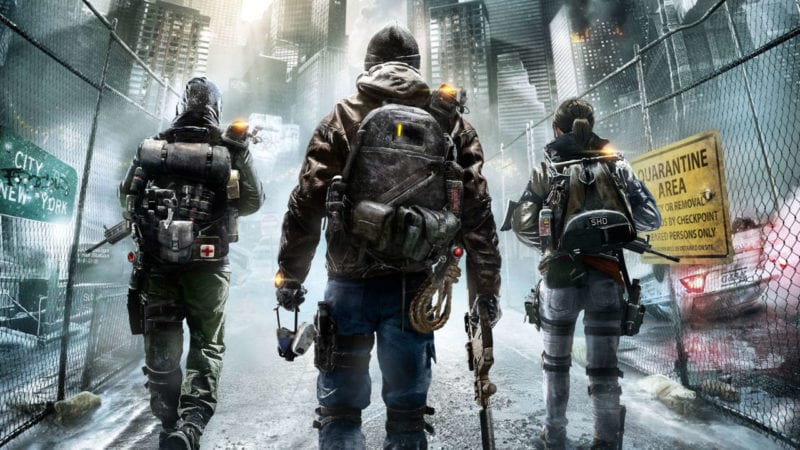



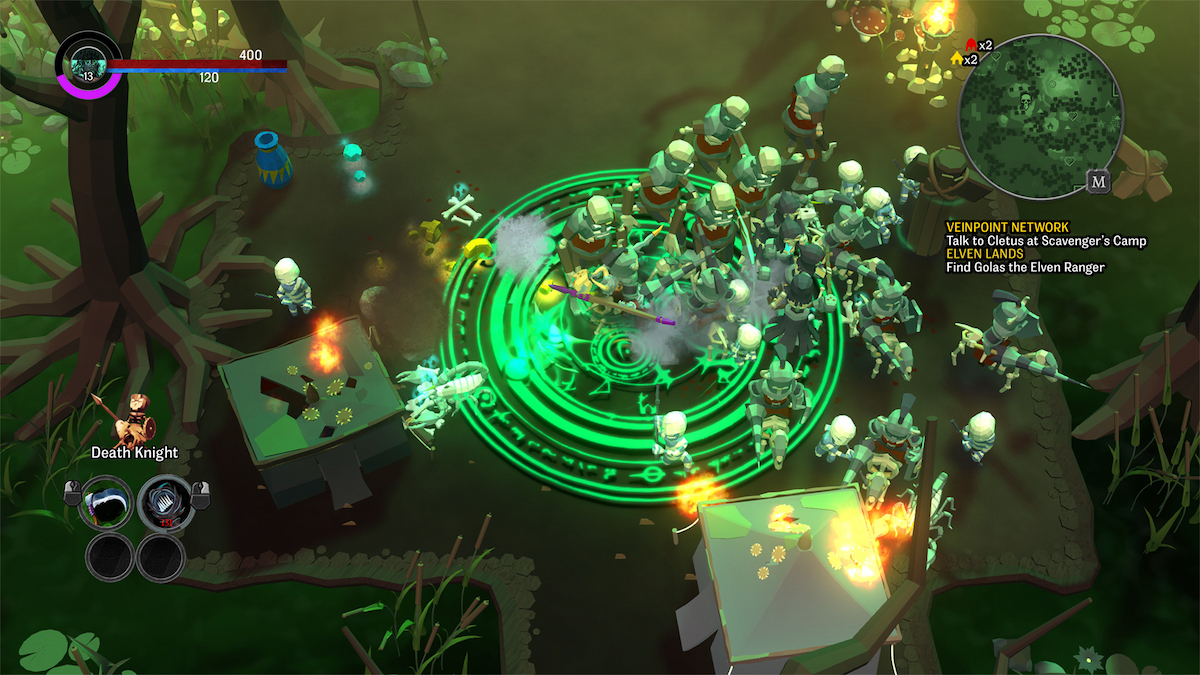

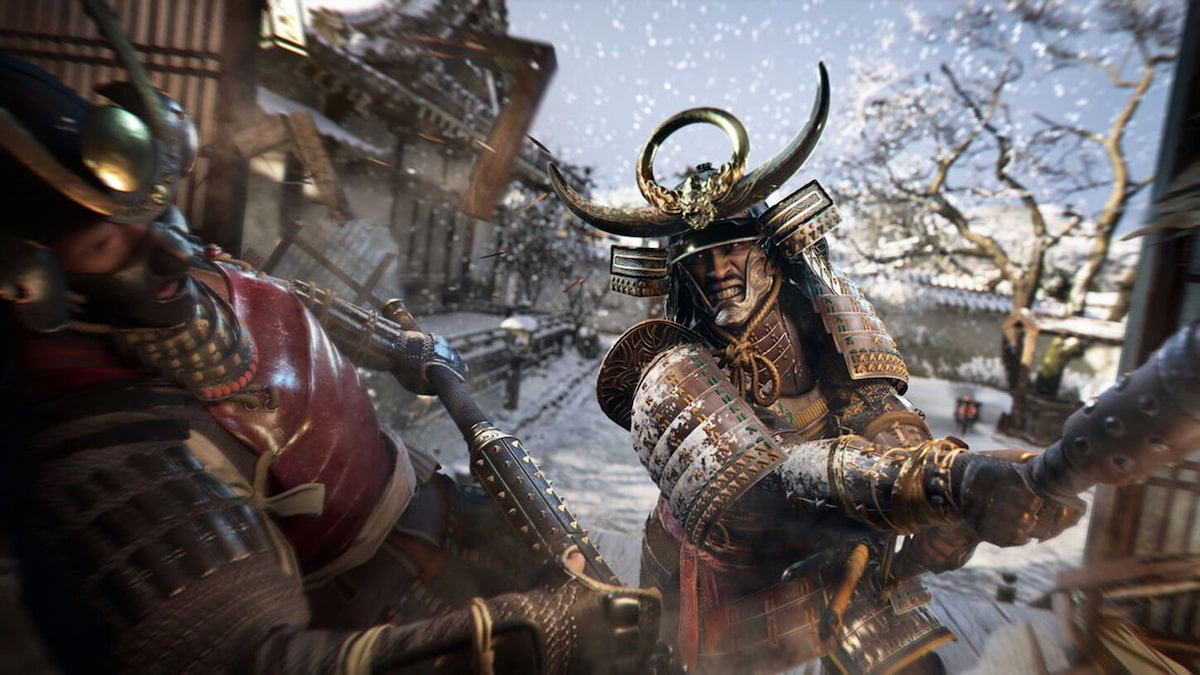

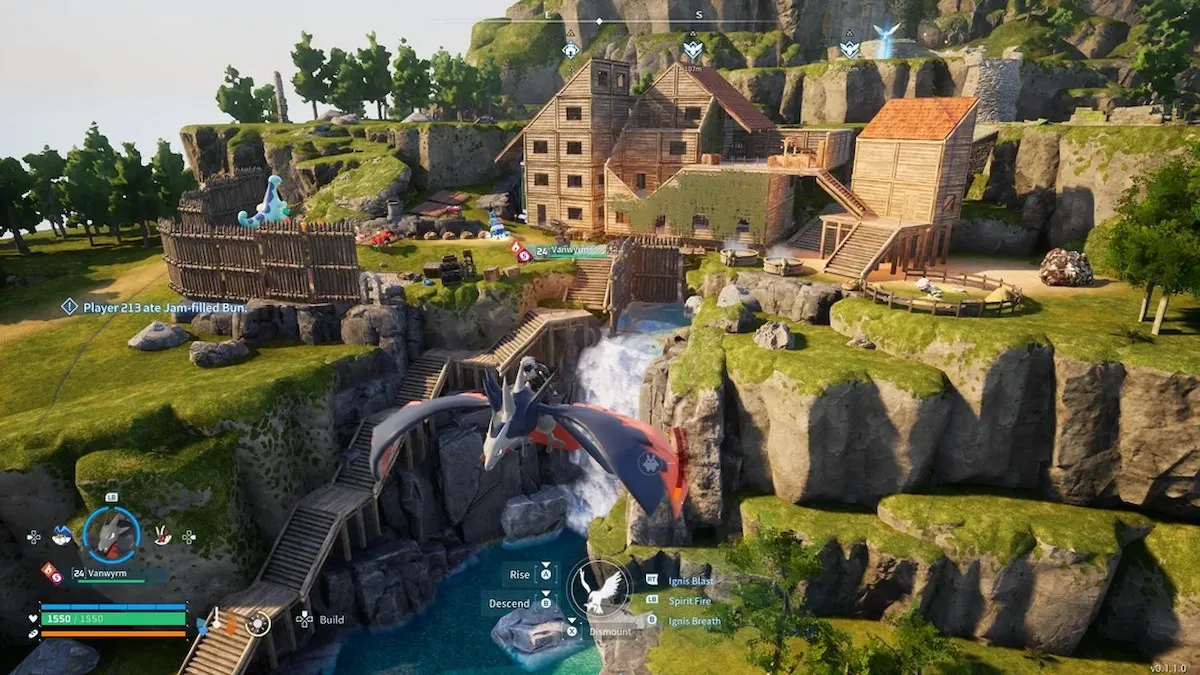


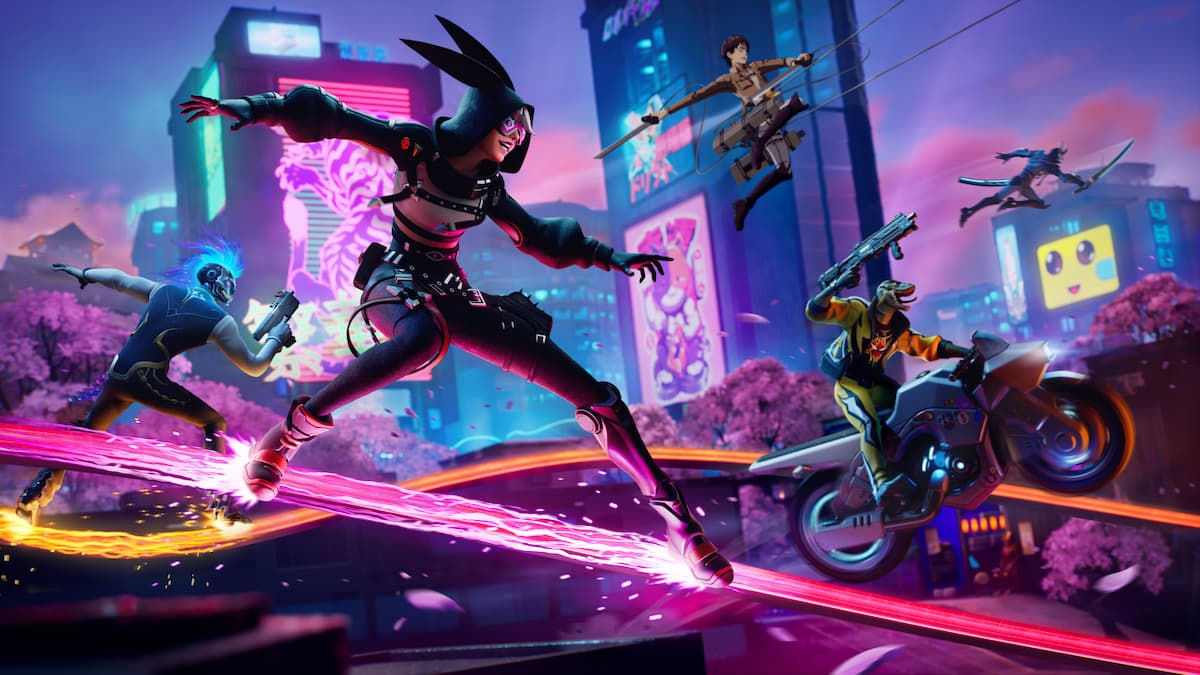
Updated: Jan 18, 2016 06:55 pm